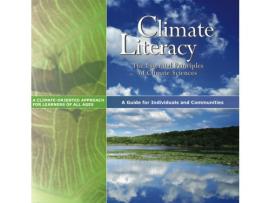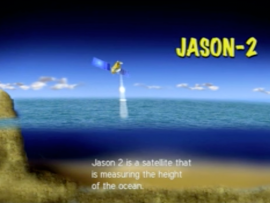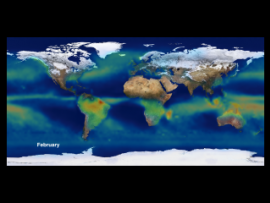Browse Resources
Browse Resources
Primary Topic:
Subtopics:
Type:
Standards:
Keywords:
Summary:
'Towers in the Tempest' is a 4.5 minute narrated animation that explains recent scientific insights into how hurricanes intensify. This intensification can be caused by a phenomenon called a 'hot tower'.
Primary Topic:
Subtopics:
Type:
Standards:
Keywords:
Summary:
This booklet presents important information for individuals and communities to understand Earth's climate, impacts of climate change, and approaches for adapting and mitigating change.
Primary Topic:
Subtopics:
Type:
Standards:
Keywords:
Summary:
This is a downloadable high-resolution booklet that will give the educator in-depth background information on energy concepts. This booklet is a joint project of the Department of Energy and The American Association for the Advancement of Science (AAAS).
Primary Topic:
Subtopics:
Type:
Keywords:
Summary:
Learn how NASA uses a data-collecting sensor, Clouds and Earth’s Radiant Energy System, or CERES, to study clouds and make accurate measurements of energy leaving Earth.
Primary Topic:
Subtopics:
Type:
Keywords:
Summary:
This NASA video segment focuses on how scientists use satellites to collect data. These sets of data are then analyzed and used to predict storms.
Primary Topic:
Subtopics:
Type:
Keywords:
Summary:
Learn how the greenhouse effect keeps more of the sun's heat and energy within Earth's atmosphere causing temperatures on Earth to rise. This video explains the effect warmer temperatures are playing on Earth.
Primary Topic:
Subtopics:
Type:
Summary:
Learn how the satellite, Jason 2, is able to use radar waves to determine the height of sea levels and evaluate the effects of global warming.
Primary Topic:
Subtopics:
Type:
Standards:
Keywords:
Summary:
The animations in this group show the long-term average sea surface temperature, the long term average sea surface salinity, and the the long term average sea surface density.
Primary Topic:
Subtopics:
Type:
Standards:
Keywords:
Summary:
The oceans are mostly composed of warm salty water near the surface over cold, less salty water in the ocean depths. These two regions don't mix except in certain special areas, which creates a large slow current called the thermohaline circulation.
Primary Topic:
Subtopics:
Type:
Keywords:
Summary:
This animation of global precipitation from the Global Precipitation Climatology Project (GPCP) cycles through climatology data for each month of the year and then repeats the cycle twice.











